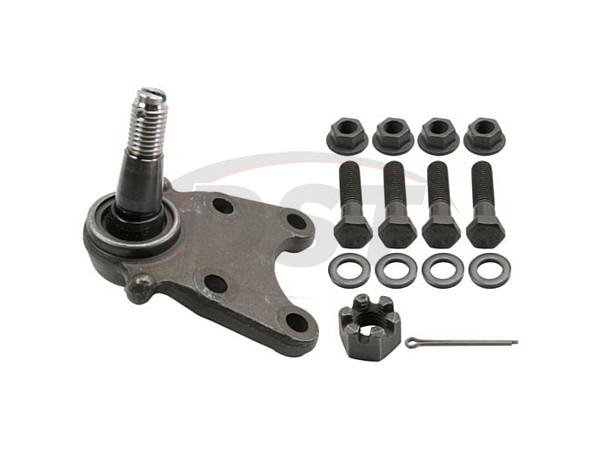Last night was pen-and-paper and a bunch of photos night with the front suspension. I think I want to stick with the ES subframe and use, more or less, what the Gothenburg engineers gave me to work with, but with some tweaks and optimisations. It'll be cheap, I have a bunch of 1800 and 122 front suspensions lying around I can cannibalize from if I need to, and the risk of going too far wrong will be minimised.
First, a shot at the stock 1800ES suspension, looking at it as if one were sitting in the driver's seat looking forwards.


Incidentally, I love that M+S tire on there, it just looks like so much business. A tiny little pizza cutter, with big knobby treads.
Anyway, this is the suspension at full droop. The line formed by the LCA pivot points is just barely downward (toward the ground, from the center of the car) facing as it is, which means at ride height it's going to be almost exactly level. The UCA is very much downward pointing; at stock ride height it'll still be slightly downward, though as the suspension compresses it will invert and start pointing upward. Essentially, it seems like Volvo's goal was to engineer the suspension such that camber remains more or less constant throughout the suspension travel. Which is probably a plus, if you're traversing dirt and mud roads in the middle of, say, Brazil.
It is highly unlikely this car will ever be driven in Brazil.
Back in the late 2000's, we (me, tuna55, tester (I think that's his screen name) and a couple of other miscreants with whom I associate) used to campaign a Volvo 122 in the 24 Hours of LeMons. Being young(er) and dumb(er) then, we decided to simply cut the springs all the way around the car, dropping it approximately 7 feet, and race it. Obviously, you can see the flaw with this plan now. Cutting the springs in the front puts the LCA into a decidedly upward-pointing pose at static ride height, which means that at any suspension compression it's going to a) reduce the track, and b) contribute to positive camber. Both of which are....suboptimal. Granted, the UCA will be pointing up, too, which will help at least with the camber department, but still the roll center and track get all screwed up.
So what's to be done?









 Now, as the suspension compresses (due to cornering, or if I cut the springs), again, the roll center gets lower, but at least this is a good (well, better) starting point.
Now, as the suspension compresses (due to cornering, or if I cut the springs), again, the roll center gets lower, but at least this is a good (well, better) starting point. 




















